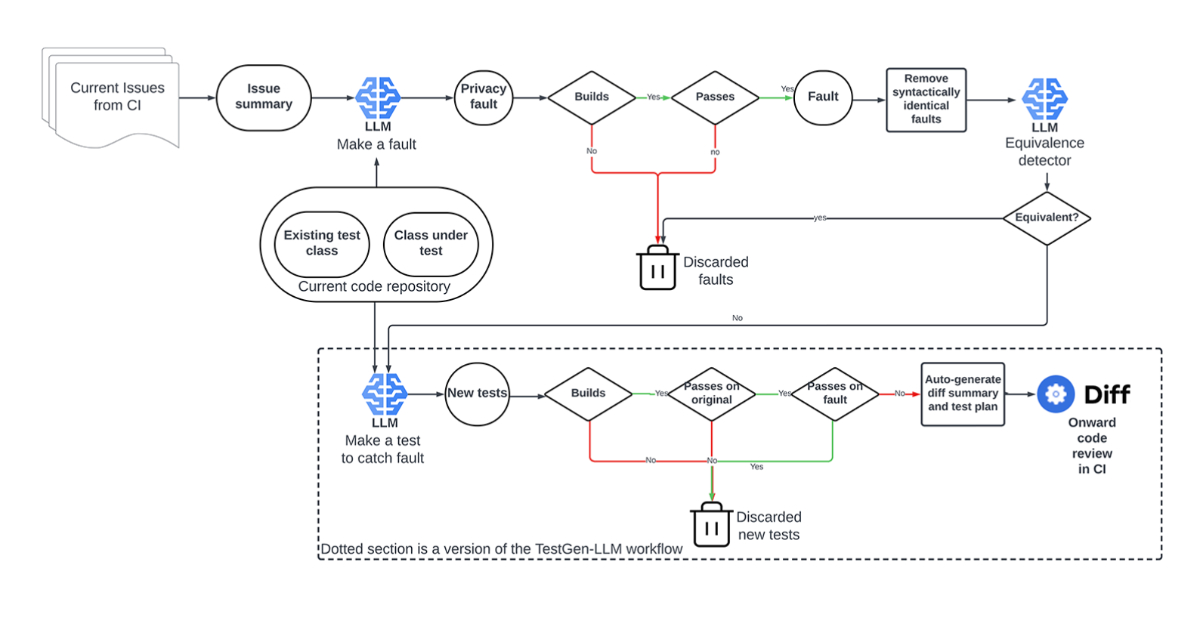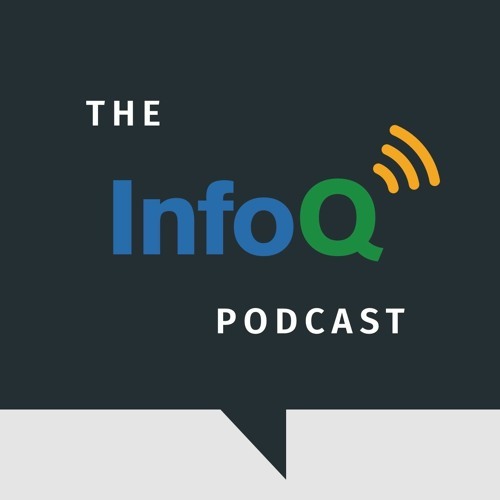Codetown
Codetown ::: a software developer's community
I was chatting with Henry Story, creator of Babelfish, the translation engine, just after he presented his current work at the Social Web Barcamp conference in Paris, France. He directed me to his talk about the state of the Semantic Web, http://blogs.sun.com/bblfish/entry/camping_and_hacking_at_har2009 and suggested I view the video online of his talk using Firefox 3.5. The one I am referring to is the first of the 4 on his blog post. What's interesting is that you don't even see these .ogg format videos using another browser than Firefox 3.5, for example Camino on the Mac doesn't render these videos visible at all!
As an aside, Henry points out the Barcamp guidelines, which we'll follow at the upcoming OrlandoJUG meeting Thursday:
* Everybody is a participant
* You make the event
* Feel free to move between sessions if you feel you are not getting what you were looking for at one of them
* Write up your interests on the black board, this will be used to create the time table.
So the sessions were put together on the spot there and then. That seems "hard" but in my experience it's always a great time, and so much better than the norm.
His mention of Metcalfe's Law was an interesting sidenote. He discussed with me the idea of using FOAF + SSL as a single point of entry and signup for a social network. I'm just beginning to understand what he's talking about, and it's phenomenal! Have any of you explored the possibilities of the Friend of a Friend project and possibly used it on a website? Let's discuss...
Tags:
Replies to This Discussion
-
Permalink Reply by Carol McDonald on September 23, 2009 at 11:03am
-
using metadata about users on the web has been in discussion for ~ 10 yrs. FOAF is interesting but I think whoever gets the most users will get the most developers, like the Facebook api or googles open social.
http://www.softwaredeveloper.com/features/welcome-to-opensocial-040... -
-
Permalink Reply by Carol McDonald on September 25, 2009 at 11:53am
-
I worked for years on implementing OSI's protocols for X.400 email , X.500 directory, CMIP network managment. X.400 was eventually replaced by SMTP not because SMTP was a better protocol , but because more people were using it. What I learned about standards... the ones that succeed are the ones that have the widest implementation and use.
-
-
Permalink Reply by Carol McDonald on September 25, 2009 at 11:54am
-
ADA is another example, remember that
-
-
Permalink Reply by Michael Levin on September 25, 2009 at 12:09pm
-
What's ADA, Carol?
Carol McDonald said:ADA is another example, remember that -
Notes
Welcome to Codetown!
 Codetown is a social network. It's got blogs, forums, groups, personal pages and more! You might think of Codetown as a funky camper van with lots of compartments for your stuff and a great multimedia system, too! Best of all, Codetown has room for all of your friends.
Codetown is a social network. It's got blogs, forums, groups, personal pages and more! You might think of Codetown as a funky camper van with lots of compartments for your stuff and a great multimedia system, too! Best of all, Codetown has room for all of your friends.
Created by Michael Levin Dec 18, 2008 at 6:56pm. Last updated by Michael Levin May 4, 2018.
Looking for Jobs or Staff?
Check out the Codetown Jobs group.
InfoQ Reading List
Meta Applies Mutation Testing with LLM to Improve Compliance Coverage

Meta applies large language models to mutation testing through its Automated Compliance Hardening system, generating targeted mutants and tests to improve compliance coverage, reduce overhead, and detect privacy and safety risks. The approach supports scalable, LLM-driven test generation and continuous compliance across Meta’s platforms.
By Leela KumiliDeepSeek-V3.2 Outperforms GPT-5 on Reasoning Tasks

DeepSeek released DeepSeek-V3.2, a family of open-source reasoning and agentic AI models. The high compute version, DeepSeek-V3.2-Speciale, performs better than GPT-5 and comparably to Gemini-3.0-Pro on several reasoning benchmarks.
By Anthony AlfordSlack Enhances Chef Infrastructure to Improve Safety and Reduce Blast Radius in Deployments

Slack's engineering team has published an in-depth look at recent improvements to its Chef-based configuration management system, aimed at making deployments safer and more resilient without disrupting existing workflows.
By Craig RisiPodcast: 2025 Key Trends: AI Workflows, Architectural Complexity, Sociotechnical Systems & Platform Products

In this end-of-year panel, the InfoQ podcast hosts reflect on AI’s impact on software delivery, the growing importance of sociotechnical systems, evolving cloud realities, and what 2026 may bring.
By Daniel Bryant, Renato Losio, Srini Penchikala, Thomas Betts, Shane HastieDocker Kanvas Challenges Helm and Kustomize for Kubernetes Dominance

Docker has launched Kanvas, a new platform designed to bridge the gap between local development and cloud production. By automating the conversion of Docker Compose files into Kubernetes artefacts, the tool challenges established solutions like Helm and Kustomize. Developed with Layer5, it marks a shift toward Infrastructure as Code, offering visualisations to simplify cloud-native deployments.
By Mark Silvester
© 2026 Created by Michael Levin.
Powered by
![]()